
BUT, such was not always the case.
Suspension tale
Additionally, many '81 and '82 720 trucks did not have a sway bar. I discovered this walking through numerous junk yards. So my '82 shown here got the upgrade. Money WELL spent!!
Moderators: plenzen, Nissan_Ranger

It's what I do here!redmondjp wrote:Thanks for the excellent information and photos, Phillip!
Starting in '83-1/2, the calipers and their anchor plates were changed completely. Now they are single piston, floating, and carry brake pads that have probably 60% longer swept area! I cannot say with certainty the steering spindle remained the same.redmondjp wrote:I've got to check my truck to see if I have the sway bar--my guess is no, based upon the way that it corners (terribly).
On a somewhat related note, from looking at your picture I see that you have the non-ventilated front brake rotors as I do. I have noticed on my trips through the boneyards that the later-vintage (say, '84-86) 2wd nissan pickups seemed to come with ventilated front rotors, and I've thought about trying to swap over (parts are cheap at Pull-a-Part), given some unknown source of free time in my future.
And if nothing else, pad life should improve. I've been going through pads every 20-22k miles.redmondjp wrote: Has anybody tried this swap yet, and if so, is it worth it? I imagine it would only make a difference in time-to-fade if one were hauling heavy loads or doing a sustained amount of downhill driving (although with the throttle plate, the vehicle has a good amount of engine braking).
I have a related question: I noticed that my truck tends to block the rear wheels if I am not carefull with my braking. I might just be an unexperienced truck driver though ....Another consideration though ... would be the brake proportioning valve calibration. It may well be different.
1). OEM proportioning valves are not adjustable by the owner. In these trucks, Nissan installed a combination proportioning / load sensing device called an "NLSV" (Nissan Load Sensing Valve). The rear part of the combination valve has a chamber with a steel shuttle ball that modifies rear brake application depending on chassis angle and deceleration rate. The forward end contains the proportioning valve.Zoltan wrote:I have a related question: I noticed that my truck tends to block the rear wheels if I am not carefull with my braking. I might just be an unexperienced truck driver though ....
Is this how it supposed to work or I should look into calibrating the brake proportioning valve?
The other car I am driving is a diesel ford escort wagon with a weight of 2420lb (vs the datsun 2690lb) and I am expecting the truck to be able to slow down more or less the same ... that's how I drive.


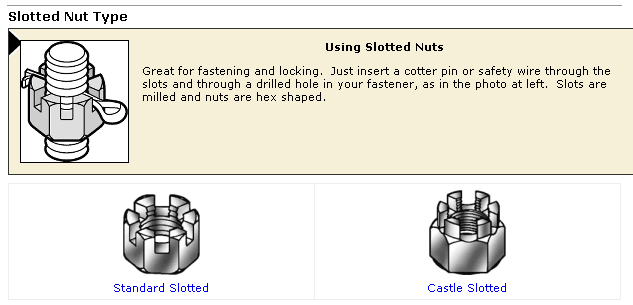
Thanks for going the extra mileasavage wrote:I spent a surprising amount of Google time locating just those. I'm certain that this nut is used elsewhere (Honda & VW come up in references).
They cannot. At GM,Ford,Chry, and most all other vehicle manufacturers long ago ... learned (lawyers and $$$) about steering and suspension parts reliability. Cotter keys and metal self-locking nuts are -still- the best.Zoltan wrote: I didn't know that a nylon lock nut can be used instead of the castle/slotted nut ...




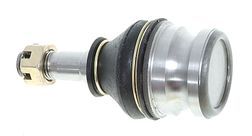
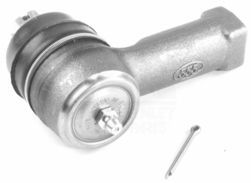
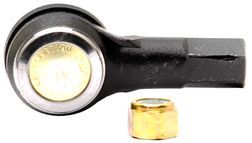

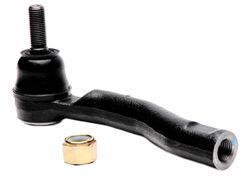

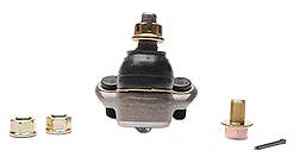
Users browsing this forum: No registered users and 1 guest